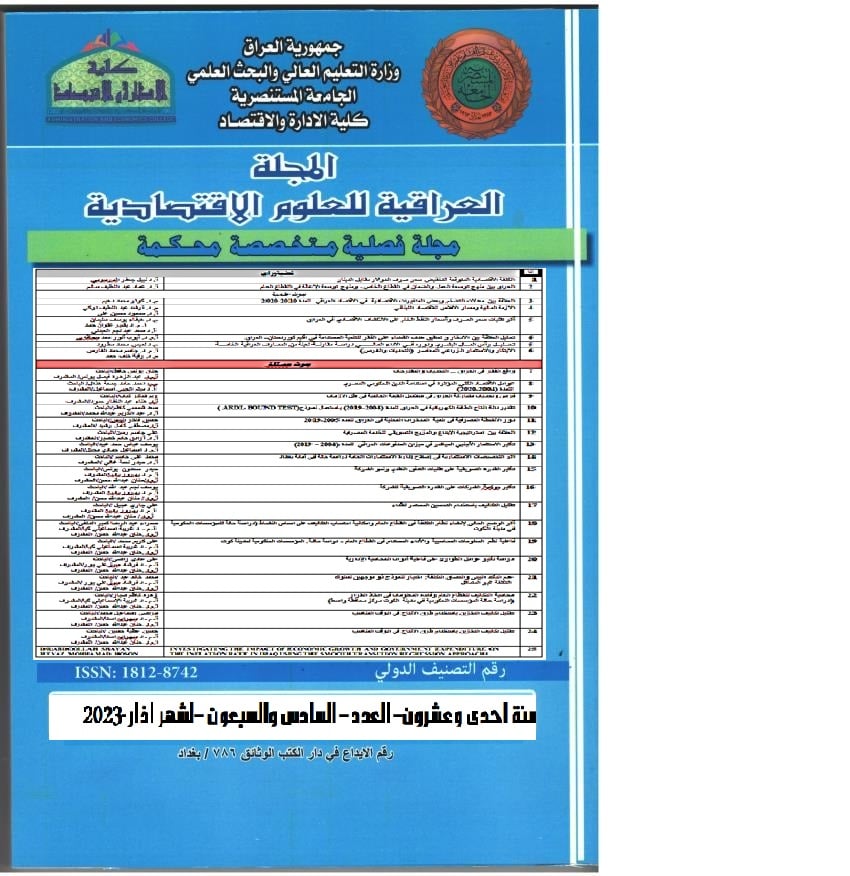Environmental uncertainty and cost stickiness: A test of a two-factor behavioral model Asymmetric cost
Abstract
Traditional cost models assume that there is a proportional relationship between costs and activity level. This assumption was questioned when the issue of sticking costs was raised. According to the sticking cost theory, the amount of cost reduction when activity decreases is less than the amount of cost increase when the activity itself is increased. Therefore, cost stickiness is one of the behavioral characteristics of costs in relation to sales activity. Companies facing environmental uncertainty in their business environment also tend to use a more flexible cost structure. The aim of this research is to investigate the relationship between environmental uncertainty and cost stickiness using one- and two-way models of asymmetric cost behavior. This research is applied research in terms of the objective of the research and is descriptive in terms of the method of conducting the research. This research was applied to a research sample that included (31 industrial companies) listed on the Amman Stock Exchange during the period (2015-2019), where multiple regression models were used to test the research hypotheses, and the test results related to the research hypotheses indicate that environmental uncertainty has an effect on adhesion Costing in the single- and two-wave models of asymmetric cost behavior. The results also indicated that the two-directed m odel of asymmetric cost behavior has no greater ability to explain the effect of environmental uncertainty on cost sticking than the single-directed model.






